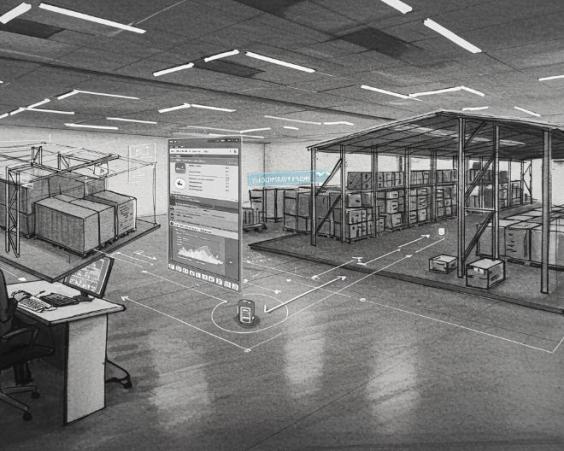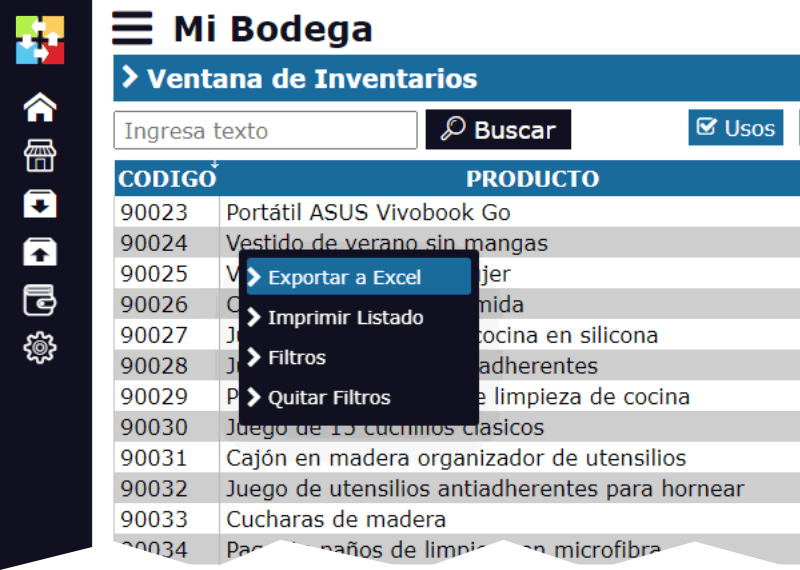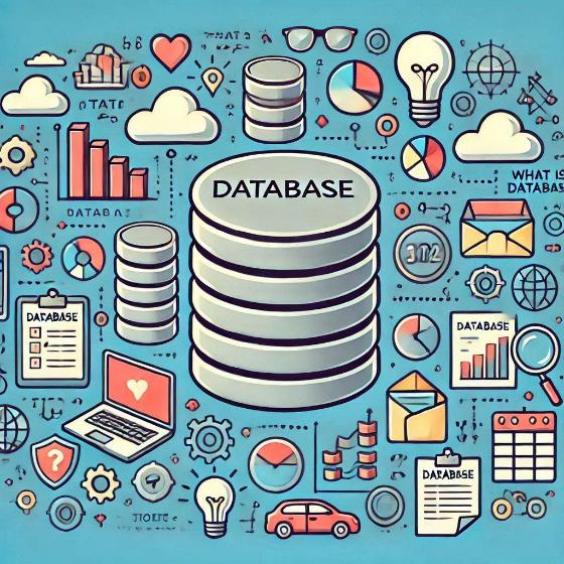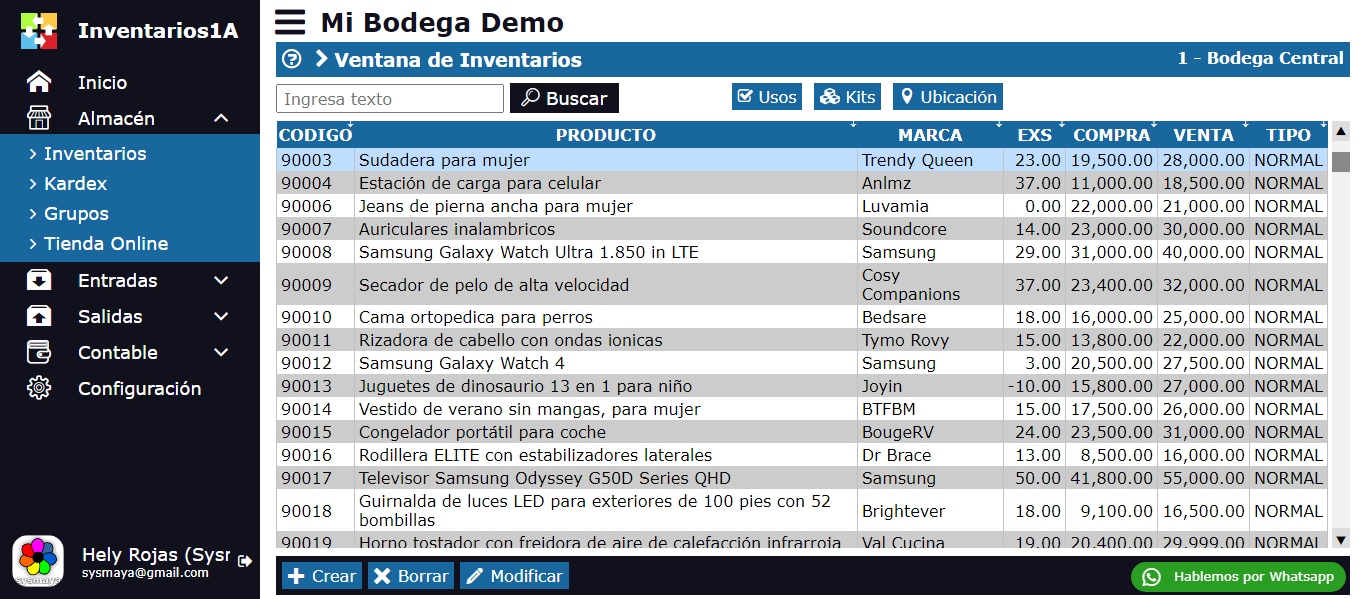The role of digital twins in inventory flow simulation.
The role of digital twins in inventory flow simulation
In the current digital age, inventory management is a crucial aspect for companies looking to optimize their operations and reduce costs. Inventory flow simulation is a powerful tool that allows companies to analyze and predict the behavior of their inventories, enabling them to make informed decisions and improve their efficiency. In this article, we will explore the role of digital twins in inventory flow simulation and how they can help companies improve their inventory management.

What are digital twins?
A digital twin is a virtual replica of a physical system or process. In the context of inventory management, a digital twin is a digital representation of a warehouse, a supply chain, or a production process. Digital twins use data and algorithms to simulate the behavior of physical systems, allowing companies to analyze and predict the behavior of their inventories more accurately.
Benefits of digital twins in inventory flow simulation
Digital twins offer several benefits in inventory flow simulation, including:
- Precise simulation: Digital twins can simulate the behavior of inventories with a high degree of accuracy, allowing companies to predict and prepare for potential problems.
- Risk analysis: Digital twins can help companies identify and mitigate risks in the supply chain, reducing the likelihood of interruptions and losses.
- Supply chain optimization: Digital twins can help companies optimize their supply chain, reducing costs and improving efficiency.
- Improved decision-making: Digital twins can provide companies with accurate and up-to-date information about their inventories, allowing them to make informed decisions and improve their inventory management.
How digital twins work in inventory flow simulation
Digital twins work by collecting data from sensors and information systems, which is used to create a digital model of the physical system. The digital model is used to simulate the behavior of the physical system, allowing companies to analyze and predict the behavior of their inventories.
The process of creating a digital twin for inventory flow simulation involves the following steps:
- Data collection: Data is collected from sensors and information systems to create a digital model of the physical system.
- Creation of the digital model: A digital model of the physical system is created using the collected data.
- Simulation of behavior: The behavior of the physical system is simulated using the digital model.
- Analysis and prediction: The behavior of the physical system is analyzed and predicted using the results of the simulation.
Examples of digital twin implementation in inventory flow simulation
There are several examples of digital twin implementation in inventory flow simulation, including:
- Warehouse simulation: Digital twins can be used to simulate the behavior of warehouses, allowing companies to optimize their inventory management and reduce costs.
- Supply chain simulation: Digital twins can be used to simulate the behavior of supply chains, allowing companies to identify and mitigate risks.
- Production process simulation: Digital twins can be used to simulate the behavior of production processes, allowing companies to optimize their production and reduce costs.
Conclusion
Digital twins are a powerful tool for inventory flow simulation. They allow companies to analyze and predict the behavior of their inventories accurately, enabling them to make informed decisions and improve their inventory management. Implementing digital twins in inventory flow simulation can help companies reduce costs, improve efficiency, and increase competitiveness in the market.





